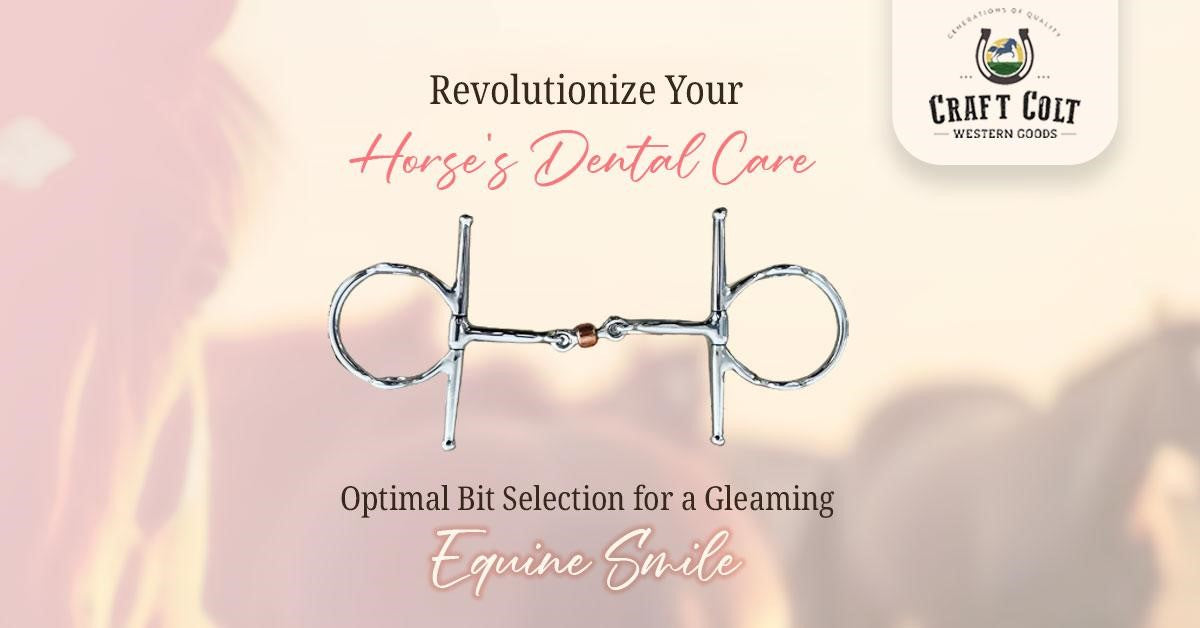
Balancing Act: Understanding the Relationship Between Bit Choice and Equine Dental Health
Introduction:
In the equestrian world, the well-being of our four-legged companions is of paramount importance. Beyond proper nutrition and exercise, equine dental health plays a crucial role in ensuring a horse's overall comfort and performance. One often overlooked aspect in this equation is the choice of bit. In this blog, we'll delve into the intricate relationship between bit selection and equine dental health, exploring how the right choice can make a significant impact on your horse's well-being.

Anatomy of Equine Teeth: A Foundation for Understanding:
It is important to understand the fundamentals of horse oral anatomy before diving into the bit and its implications. Knowing the composition and purposes of a horse's teeth lays the groundwork for understanding how certain bits could impact their dental health. Throughout its life, a horse's teeth develop continuously, creating a sophisticated system that allows it to efficiently chew and ground fibrous plant material.
The Bit: More Than a Riding Aid:
Although bits are typically thought of as instruments for communication between a rider and a horse, their impact goes beyond mere manipulation. The tongue, palate, and gums are among the sensitive tissues that the bit interacts with by taking up space in the horse's mouth. The choice of bit is crucial for responsible horse ownership since this contact may have an impact on the horse's oral health.
Bit Materials and Oral Sensitivity:
Different bits are crafted from various materials, each with distinct properties that can influence oral sensitivity. For instance, stainless steel bits are common due to their durability, but their rigidity may create discomfort for some horses. In contrast, softer materials like rubber or plastic provide a gentler feel in the horse's mouth but may wear down more quickly. Understanding the materials and their impact on oral sensitivity is crucial for making an informed bit choice.
Bit Design: Affecting Tooth Wear and Alignment:
The design of a bit can significantly impact how a horse's teeth wear over time. Improper bit selection may lead to uneven tooth wear or misalignment, potentially causing discomfort and affecting the horse's ability to chew efficiently. Exploring different bit designs and their potential effects on tooth wear is essential for promoting optimal equine dental health.
Bit Fit: Finding the Right Size and Adjustment:
Just as ill-fitting shoes can cause discomfort in humans, an improperly sized or adjusted bit can lead to oral issues in horses. The bit should be appropriately sized to allow for comfortable movement within the horse's mouth without causing pinching or rubbing. Proper adjustment ensures that the bit sits correctly in the oral cavity, optimizing communication between rider and horse while minimizing the risk of dental problems.
Bit Pressure and Its Impact on Oral Health:
Understanding the pressure exerted by different bits during riding is crucial for evaluating their potential impact on oral health. Excessive pressure can lead to discomfort, resistance, and even damage to the horse's sensitive oral tissues. Exploring the concept of bit pressure and learning how to use it judiciously contributes to a more harmonious relationship between rider and horse, safeguarding the equine's dental well-being.
Regular Dental Check-ups: A Holistic Approach:
In addition to thoughtful bit selection, regular dental check-ups by a qualified equine dentist are indispensable. Professional assessments ensure that any emerging dental issues are addressed promptly, complementing the preventive measures taken through appropriate bit choices. A holistic approach that combines responsible bit selection with routine dental care sets the stage for a horse's long-term oral health.
Conclusion: Nurturing Equine Well-being Through Informed Choices:
In the intricate dance between rider and horse, the bit plays a vital role in communication. However, its significance extends beyond mere control, influencing the horse's oral health in profound ways. By understanding the relationship between bit choice and equine dental health, we empower ourselves as responsible caretakers, ensuring our equine companions lead comfortable, healthy lives. It's a balancing act that, when approached with knowledge and care, enhances the partnership between rider and horse, creating a harmonious journey for both.


